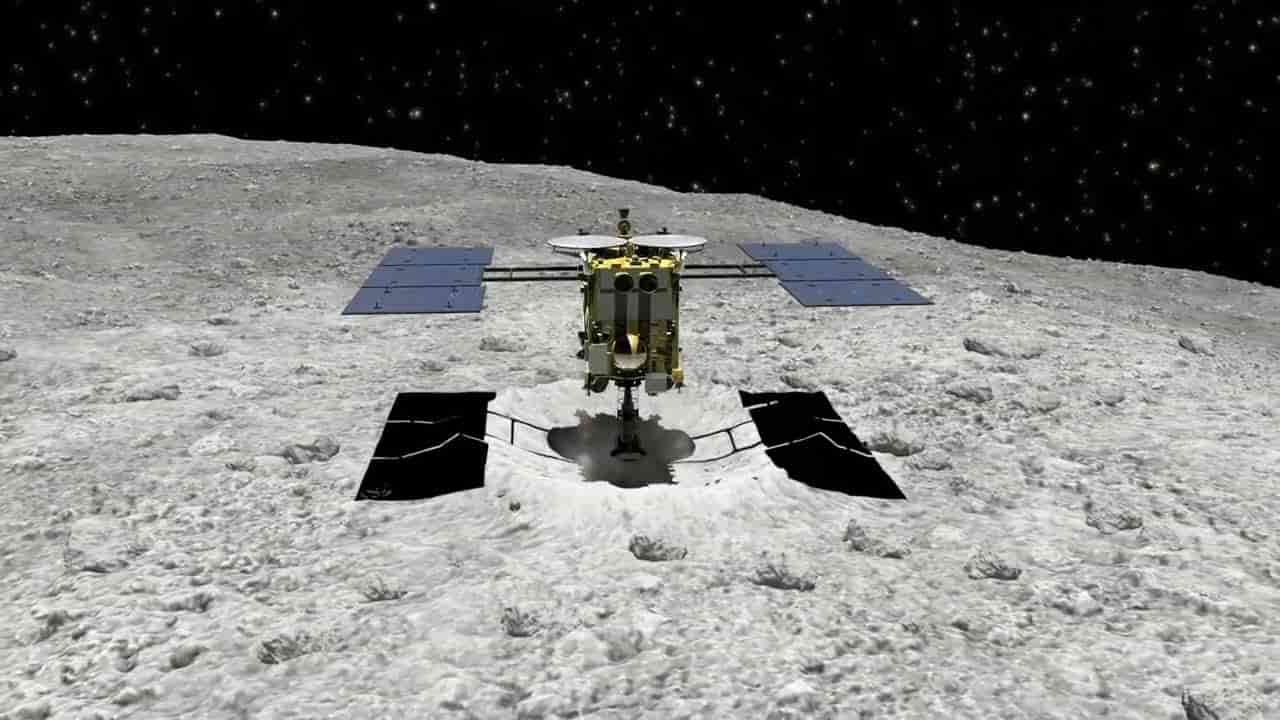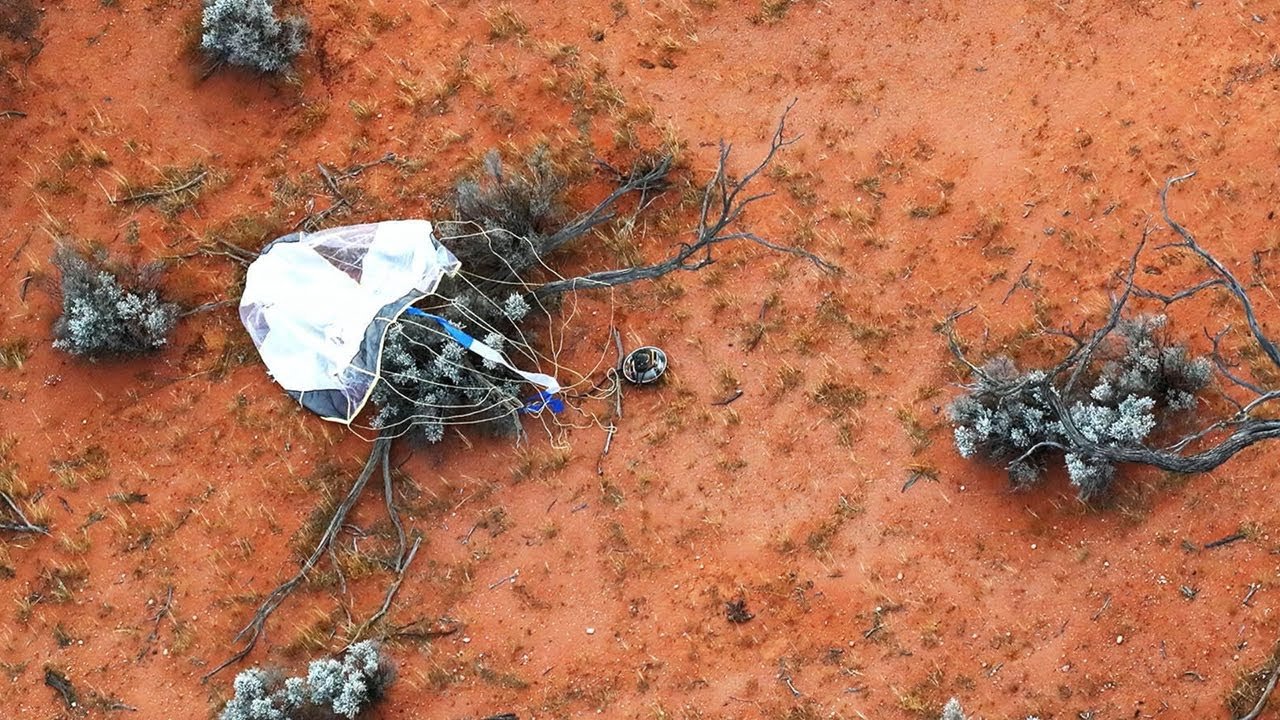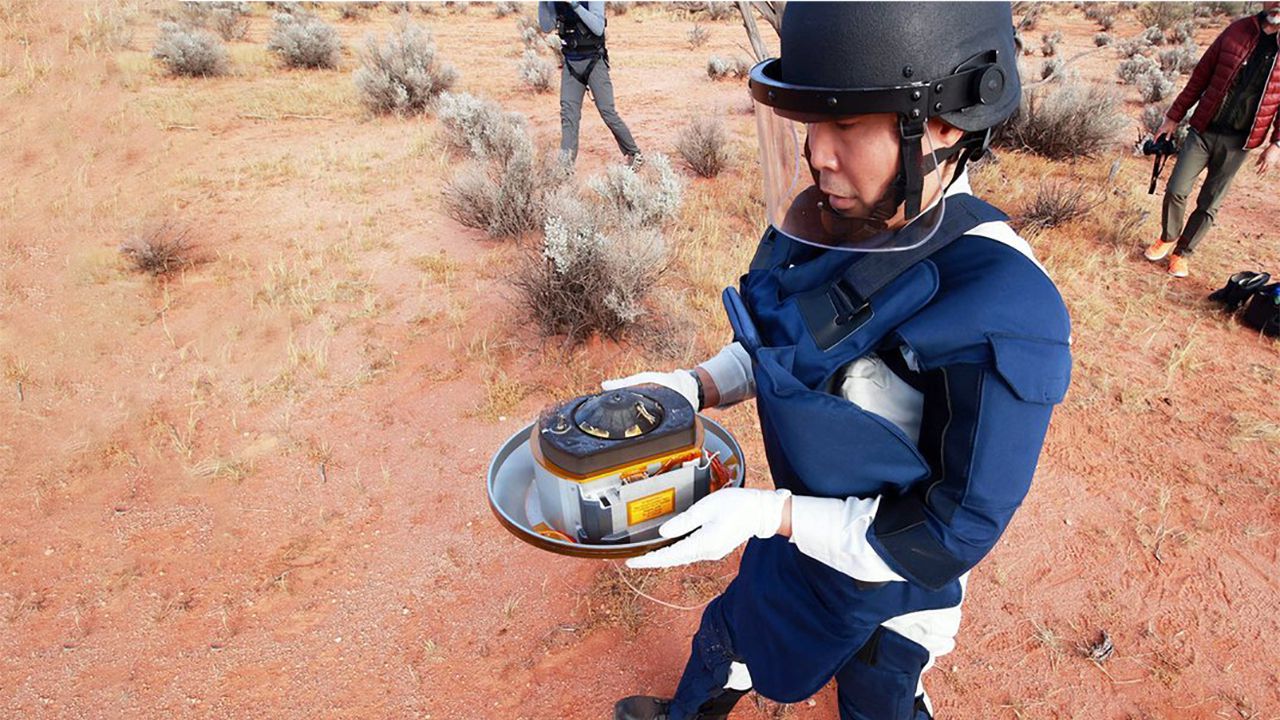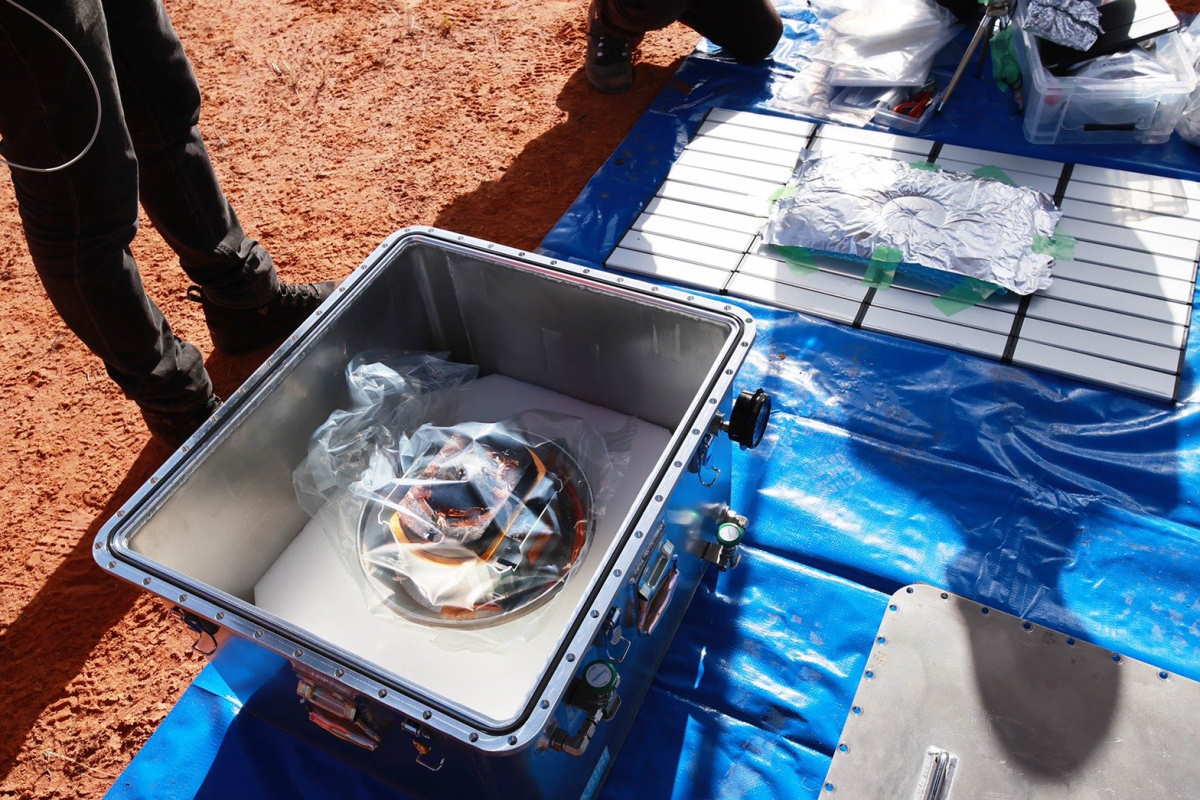© 2000-2023 - Enkey Magazine - All rights reserved
ENKEY SNC - VAT ID IT03202450924 / REA Code CA253701 - Phone. 078162719
The probe Hayabusa 2 came back home with the material collected on the asteroid Ryugu. Everything went as planned and now it only remains to find out what it brought back to earth from the asteroid. Therefore, together with the rocks and the soil samples, inside the pod there was even an unexpected surprise.
The japanese mission
The probe Hayabusa 2 took off the 2nd of december of the 2014, toward the asteroid Ryugu. Ryugu is a small asteroid discovered in the 1999 that orbits around the Sun, between the terrestrial orbit and the martian one.
Being it such close to Earth the small asteroid, of just 920 meters, was a great candidate for a sampling mission.

And that mission arrived from Japan. The mission occured during the 2019. In february and in july 2019 took place two sampling missions. They were brilliantly ended by the japanese probe Hayabusa 2.
The first collection of material occured on the surface. The second one in the depth. For the second sampling mission, Hayabusa 2 pierced the asteroid, thanks to a copper bullet, by creating a small crater from which it mined the material. This second sampling is very important, because the material collected in the depth isn’t altered by the space radiations.
The return of the pod of Hayabusa 2 to earth
Ended the two missions on the asteroid Ryugu, the probe Hayabusa came back, toward home.

A travel of 5 billion and 273 million of kilometers. In reality the probe Hayabusa didn’t come back home. It had a small fly by inside the terrestrial atmosphere, during which it dropped a pod with the precious cargo.
The pod separeted without problems from the main probe and came back in the terrestrial atmosphere, by landing the last 6th of december, at the 18:50 (italian time), in the south of Australia.
The team collected the pod and posted on the socials the success of the landing. “Pod collected! The team elicopter promptly brought us in the place detected by the DFS Team. They looked for the pod by using radio waves and maps. Thanks! – Collection Team M”.

Now Hayabusa will continue its travel. The probe is still full of fuel and it’s ready for its next mission. Now it’s flying toward the very small asteroid 1998KY26. Besides to the amazing challenge to land with a terrestrial probe on a very thiny stone of just 30 meters, Hayabusa in its next mission will try to understand how to avoid that stray asteroids accidentally arrive on the planet Earth.
What was there inside the pod brought back on earth by Hayabusa 2?
The pod, instead, was brought to the Sagamihara Campus, in Tokyo, where it was opened, by revealing the content.

To a first sight, the scientists were nicely surprised by the content of the pod. First of all there was a lot of material, much more than what they thought. And then the sizes of it. Inside the pod brought back by Hayabusa 2, infact, there weren’t only dust and grains, as they thought, but even bigger material, black and brown stones, of different shapes and sizes.
Now the scientists will deeply study the material collected, which might give us interesting informations about the birth of our solar system.
But besides the “visible” material, the scientists had a big surprise while opened the pod. Inside it, infact, there was even some invisible material.
An extraterrestrial gas, completely different than the terrestrial gases. It is absolutely the first time that some extraterrestrial gas is brought back on earth. They didn’t determine yet the kind of gas.
The material will be shared with the scientists of all the other space agencies, so to can better study it and to take all the possible informations.
This post is also available in:
 Italiano
Italiano

